
Are Maruti Suzuki’s Strong Hybrid Powertrains The Best Engine...
- Apr 25, 2024
- Views : 21378

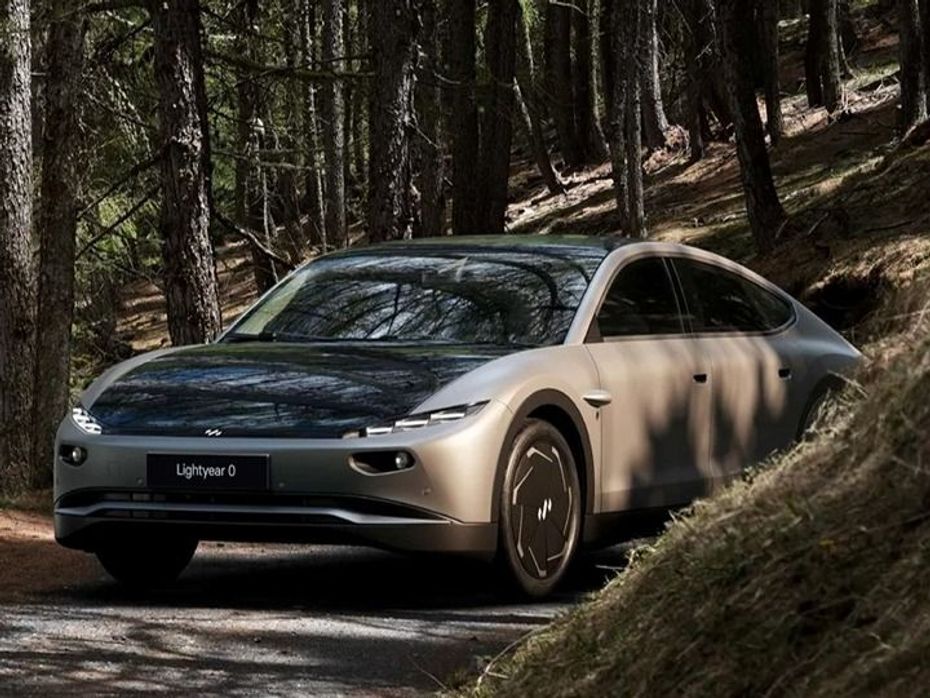
Europe-based electric vehicle (EV) startup Lightyear One has debuted its first-ever production vehicle, the Lightyear 0. It’s a zero-emissions vehicle powered by a conventional EV battery and solar panels on the roof and bonnet. Overall, the company claims that you can get up to 1,000km of range between two charges, and on its own, solar power can add 70km of range per day of sun exposure.
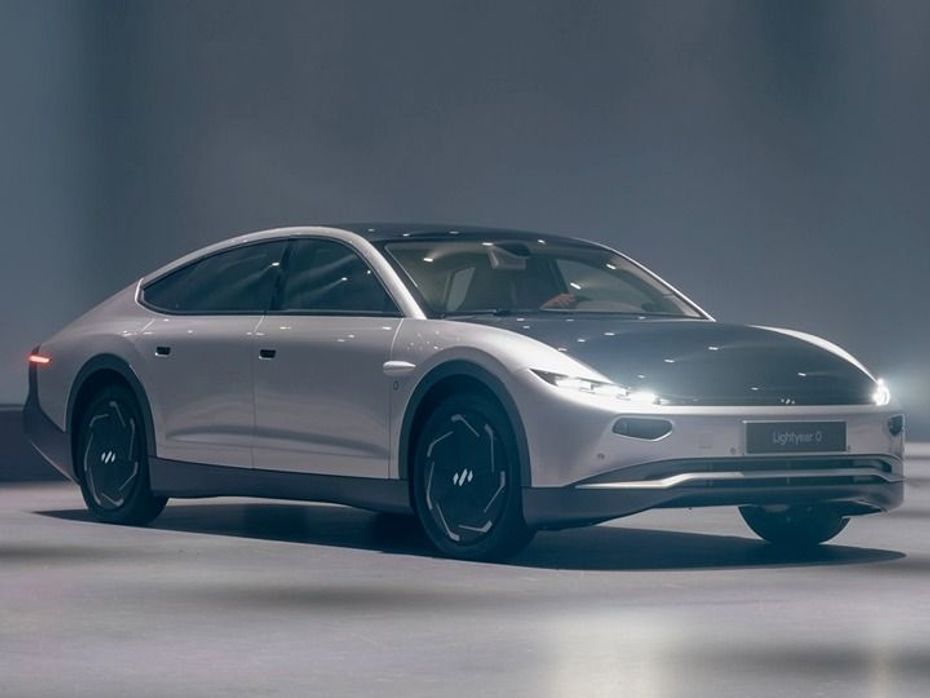
While the specs and solar range estimates might not sound exciting, Lightyear One claims that its EV can go a long time without charging – a few weeks, or even months! If your Zero EV will be used for a 35km work commute, for example, you’ll be able to go two to seven months without needing to plug in the EV.
It’s fairly efficient at charging, too. Plugged into a home socket, the EV can recover 32km of range per hour. Similar to other EVs, it’s capable of fast charging as well, at which an hour’s of charging adds 520km of range.
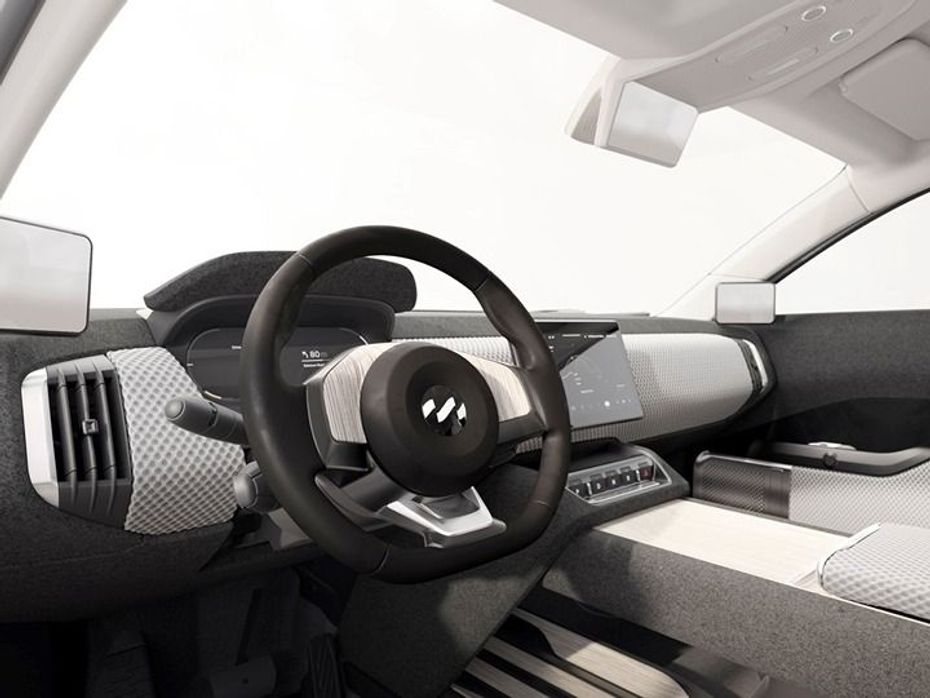
Inside, the Lightyear One gets vegan upholstery and a 10.1-inch infotainment system with Android Automotive OS. It offers seating for up to five people, with a 640-litre boot and a compact SUV-like ground clearance of 183mm.
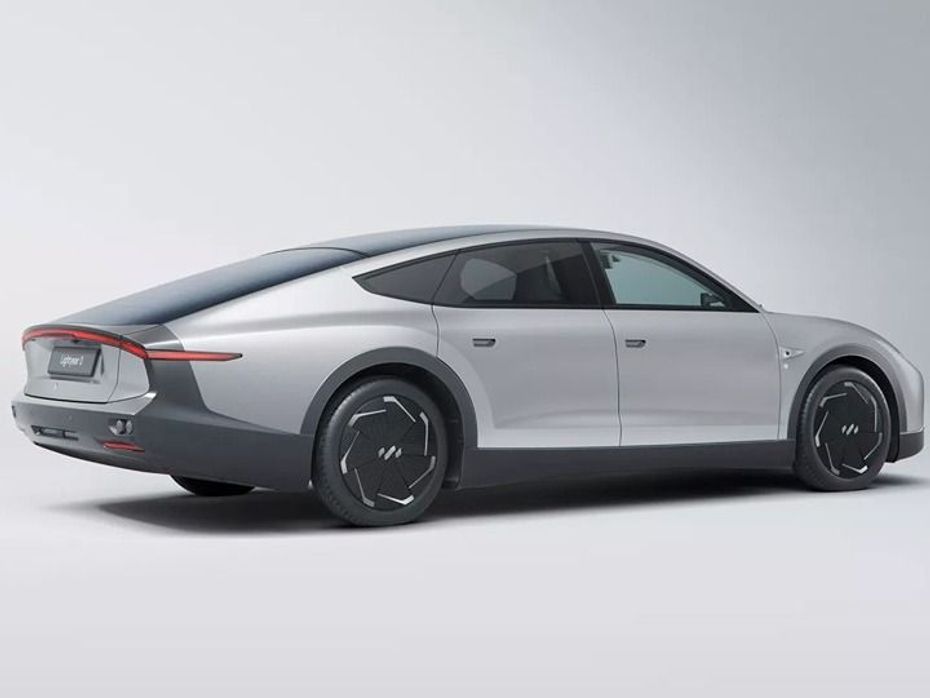
It’s sleek design aside, the Lightyear 0 isn’t lightning-quick – it makes 170PS power and takes a full 10 seconds to get to 100kmph. Its top speed of 160kmph is just adequate for European highways.
The Lightyear 0 is the startup’s first vehicle, built to push the limits of energy efficiency with a light (kerb weight of 1,575kg), aerodynamic EV which doesn’t need to be charged as often as conventional EVs. However, its EUR 250,000 price tag (the equivalent of Rs 2 crore) makes it unaffordable for most EV buyers. However, the carmaker has already announced its plans for an affordable vehicle with a similar solar-electric powertrain, scheduled to arrive by 2024-2025.
Also read:
First Hyundai Ioniq 6 Electric Sedan Teaser Revealed; Unveil Expected In H2 2022
Fisker Pear Entry-Level EV Interiors Teased; Debut In Second Half Of 2023
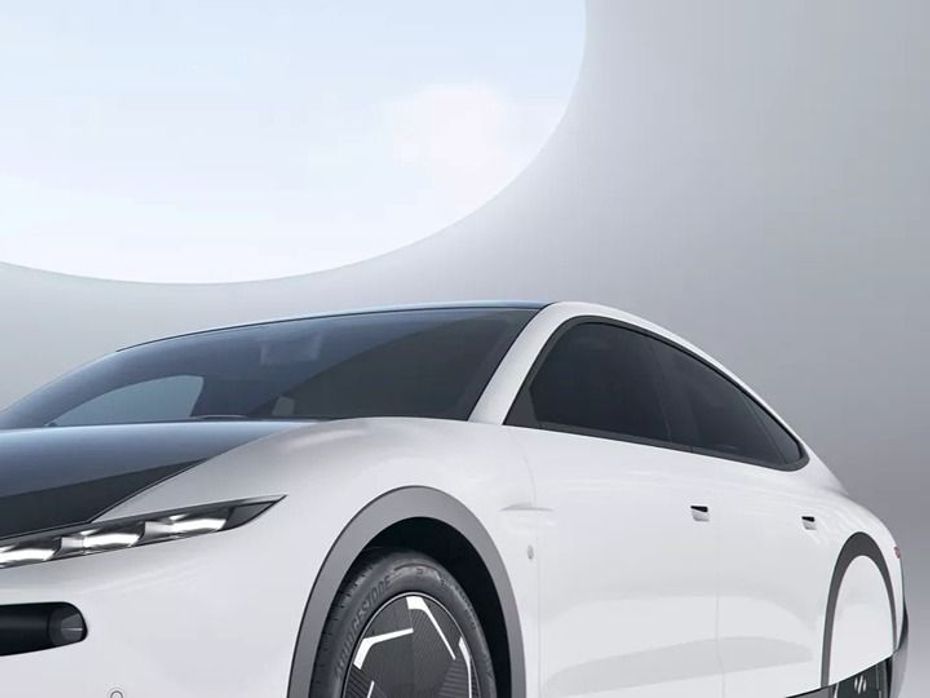
Lightyear’s current electric car offers a practical but expensive solution to a common problem faced by EVs – charging. But if you had to charge an EV only once every two months, would you switch to electric? Let us know in the comments.

Are Maruti Suzuki’s Strong Hybrid Powertrains The Best Engine...

Mahindra XUV 3XO (XUV300 Facelift) Launched With Significant Design...

3 New Major Design Details Mahindra XUV 3XO Will Pack Over...

Tata Curvv: A Much Clearer Look At Its Interior Ahead Of Its Unveiling

2024 Mahindra XUV 3XO Interior Revealed: Old vs New Compared

Overview In 10 Images: Mahindra XUV 3XO Mid-Spec MX3 Variant

10 New Features Expected In The Upcoming 2024 Mahindra XUV 3XO...

Mahindra XUV 3XO: All Details You Need To Know In 10 Images

2024 Maruti Suzuki Swift Teased In India For First Time, Check Out...
India's largest automotive community